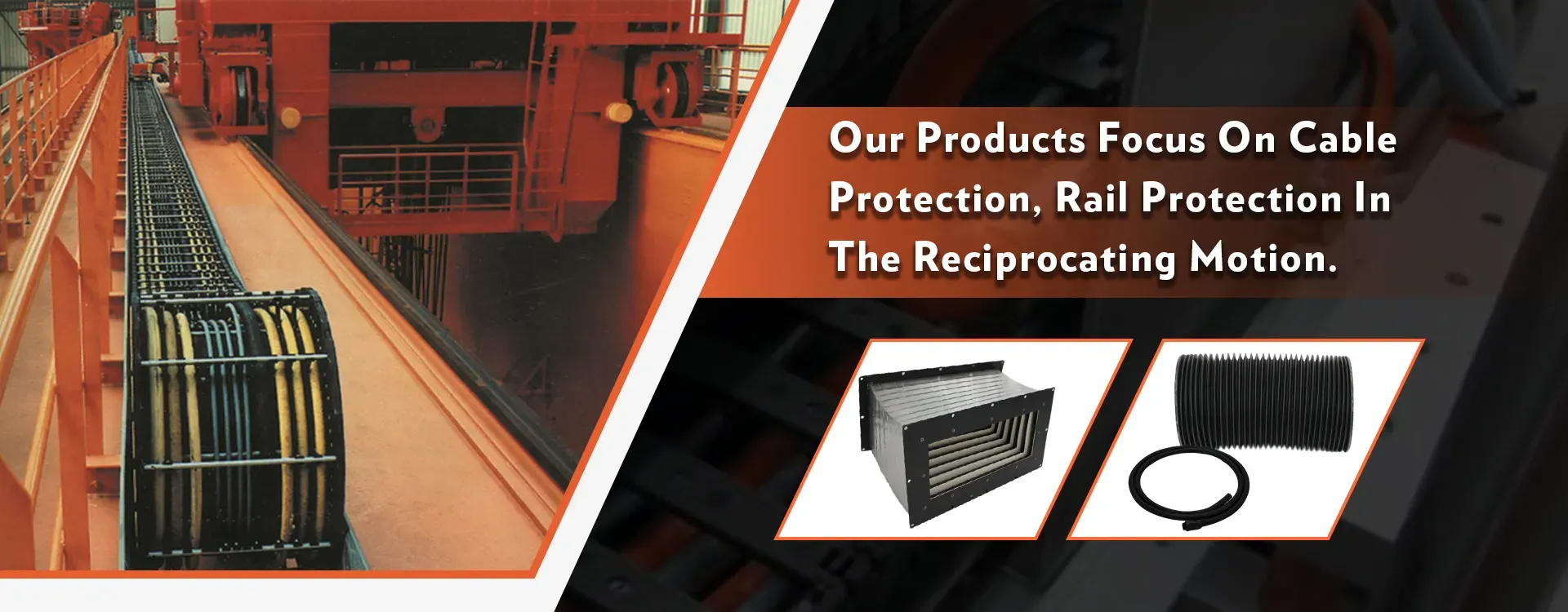Innovative Solutions for Efficient Cable Management in Industrial Carrier Systems and Chain Technologies
Understanding Cable Carrier Chains An Essential Component in Modern Machinery
In the realm of modern engineering and automation, cable carrier chains, also known as drag chains or energy chains, play an indispensable role in ensuring the efficient operation of machinery. These specialized components are designed to guide and protect cables, hoses, and other flexible media, allowing for unrestricted movement while preventing wear and tear. Their significance spans across various industries, including manufacturing, robotics, and automation, where they contribute to the seamless functioning of equipment.
The Functionality of Cable Carrier Chains
At its core, a cable carrier chain serves two primary purposes it organizes cables and hoses for movement and protects them from abrasion and environmental damage. The design typically consists of interconnected links that form a flexible chain capable of bending and twisting without straining the internal cables or hoses. These chains can move vertically, horizontally, or around corners, adapting to the dynamic requirements of machinery that necessitate frequent movements.
One of the key advantages of cable carrier chains is their ability to maintain a consistent cable layout. This organization not only aids in efficient operation but also simplifies maintenance and troubleshooting. When equipment is laid out methodically, technicians can quickly identify and address potential issues, reducing downtime and enhancing productivity.
Advantages of Using Cable Carrier Chains
1. Protection Against Wear and Tear Cable carrier chains shield cables from abrasion, dirt, and other environmental hazards. This protection significantly extends the lifespan of cables and hoses, resulting in reduced maintenance costs and operational interruptions.
2. Adaptability The design of cable carrier chains allows them to accommodate various cable types and sizes. They can be customized to fit the specific requirements of a machine, ensuring efficient energy transmission and fluid transfer.
cable carrier chain

3. Space Efficiency Cable carrier chains are designed to occupy minimal space while maximizing functionality. Their compact structures allow for organized routing, which is crucial in environments where space is limited.
4. Enhanced Safety By containing and guiding cables, these chains minimize the risk of tripping hazards and other safety risks associated with loose cables. This not only promotes a safer working environment but also complies with industry standards for workplace safety.
5. Ease of Installation and Maintenance Many cable carrier chains are designed for easy installation and adjustment. With modular designs, users can quickly add or remove links to accommodate changes in cable length or machine configuration.
Applications Across Industries
Cable carrier chains are ubiquitous in a variety of applications. In the manufacturing sector, they are employed in machine tools, conveyor systems, and assembly lines, ensuring the reliable transmission of power and signals. Robotics also heavily relies on these chains, which allow robotic arms to move freely while ensuring that control cables do not hinder motion. In the aerospace and automotive industries, cable carrier chains ensure that critical systems remain functional without risking cable damage during operation.
Conclusion
In conclusion, cable carrier chains represent a crucial innovation in the realm of industrial machinery and automation. Their ability to organize, protect, and facilitate the movement of cables and hoses is vital for the efficient operation of modern equipment. As industries continue to evolve and automate processes, the significance of cable carrier chains will undoubtedly grow, making them essential for not only enhancing productivity but also ensuring safety and reliability in various operational environments. Understanding their functionality and advantages can help businesses optimize their machinery and maintain a competitive edge in the ever-evolving industrial landscape.








